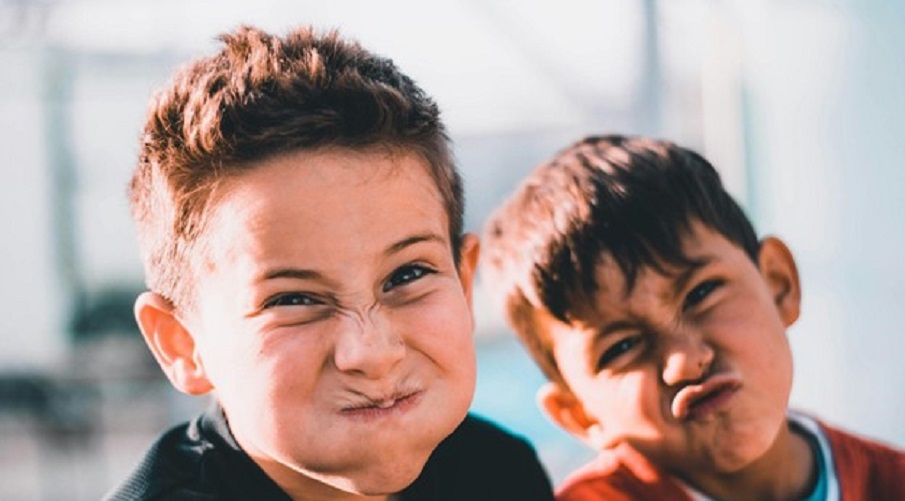Speaking many languages is a great advantage that promotes cross cultural understanding and opens openings in an increasingly linked world.
Parents all throughout the world are realizing the advantages of parenting multilingual kids, and Australia, with its diverse population, provides a special viewpoint on this path.
Nurturing bilingualism in children is not simply a cultural endeavor but also a practical consideration in today’s globalized world, involving anything from accepting varied language backgrounds to negotiating the complexity of immigration laws.


Studies have indicated that bilingual education offers a multitude of advantages for kids’ cognitive, social, and financial development.
Beyond the apparent benefits of multilingualism, bilingual kids frequently exhibit higher creativity, increased flexibility in thought processes, and stronger problem solving abilities.
Additionally, bilingualism has been connected to increased cultural awareness and improved academic achievement.
Given that over 300 languages are spoken in homes across the country, linguistic diversity is highly regarded and an essential part of what makes Australia unique.
Whether they grow up in bustling cities or remote rural villages, children are exposed to a wide variety of languages and cultures from a young age.
Vibrant ethnic enclaves provide a wealth of possibilities for kids to interact with many languages through community activities, cultural festivals, and language schools in multicultural hotspots like Sydney and Melbourne.
Their exposure to this increases not just their language abilities but also deepens their understanding of cultural variety.
In the midst of celebrating diversity, bilingual children’s and their families’ experiences are greatly influenced by Australia’s visa laws.
Acquiring the appropriate visa is crucial for several immigrant families in order to pursue educational prospects and preserve ties to their cultural background.
Families escaping violence or persecution, in particular, find a lifeline in Australia’s humanitarian visa programs, which provide them the opportunity to start over in a secure and encouraging environment.
By providing pathways to permanent residency and ultimately citizenship in Australia, with the assurance that their future in their chosen country is secure, these visas allow youngsters to flourish both academically and socially.
There is a rising push in Australian culture and the educational system to promote bilingualism.
Programs that teach courses in two languages, known as bilingual education, are becoming more and more popular as parents begin to recognize the cognitive benefits of bilingualism.
These activities not only assist youngsters become more proficient in language but also foster tolerance and an understanding of other cultures.
Outside of the classroom, linguistic variety is promoted and immigrant families are assisted in preserving their native tongues by community groups and cultural institutions.
These programs, which range from language exchange programs for families to bilingual storytime sessions at local libraries, offer invaluable tools for fostering bilingualism in kids.
As Australia’s multicultural culture develops more, bilingualism will become even more crucial to children’s growth.
Australia can fully use the potential of its multicultural population and establish itself as a global leader in bilingual education and cross cultural interchange by embracing linguistic variety and offering assistance to immigrant families.
Australia provides insightful information on the advantages of linguistic variety and the significance of establishing inclusive communities where all languages and cultures are cherished, as well as how to harness the potential of multilingual youngsters.
Through fostering bilingualism at a young age and providing assistance to families via immigration channels, Australia can create a more promising future for future generations.
Australia acknowledges the value of language preservation for indigenous populations in addition to promoting bilingualism.
Indigenous language maintenance and revitalization initiatives are essential to protecting cultural legacy and encouraging knowledge transfer between generations.
Australia is committed to maintaining linguistic variety and cultural heritage, as seen by measures like financing for language revitalization initiatives and bilingual education in indigenous areas.
In addition to improving language proficiency, bilingualism promotes multidisciplinary education and cognitive growth.
According to research, multilingual kids frequently show better flexibility and problem solving skills, qualities that are highly prized in the quickly evolving world of today.
Through the integration of language study with other disciplines like science, math, and the arts, educators may use the cognitive advantages of bilingualism and provide students comprehensive learning opportunities.
Fostering bilingualism assumes more relevance in encouraging intercultural discussion and understanding as Australia accepts its position as a global citizen.
Children who speak two languages are more able to interact with individuals from various backgrounds and traverse culturally varied environments.
Australia can raise a generation of global citizens that are understanding, tolerant, and prepared to tackle the intricate issues confronting the globe today by promoting bilingualism.
To sum up, raising multilingual children is a complex process with wide ranging effects on people, groups, and society as a whole.
Australia provides insightful information about the advantages and difficulties of having multilingual children because of its diverse population, liberal immigration laws, and strong commitment to language variety.
Through a welcoming attitude towards linguistic variety, assistance for immigrant families, and funding for bilingual education, Australia can fully realize the potential of its diverse people and provide the foundation for a more connected and inclusive future.
This website uses cookies.